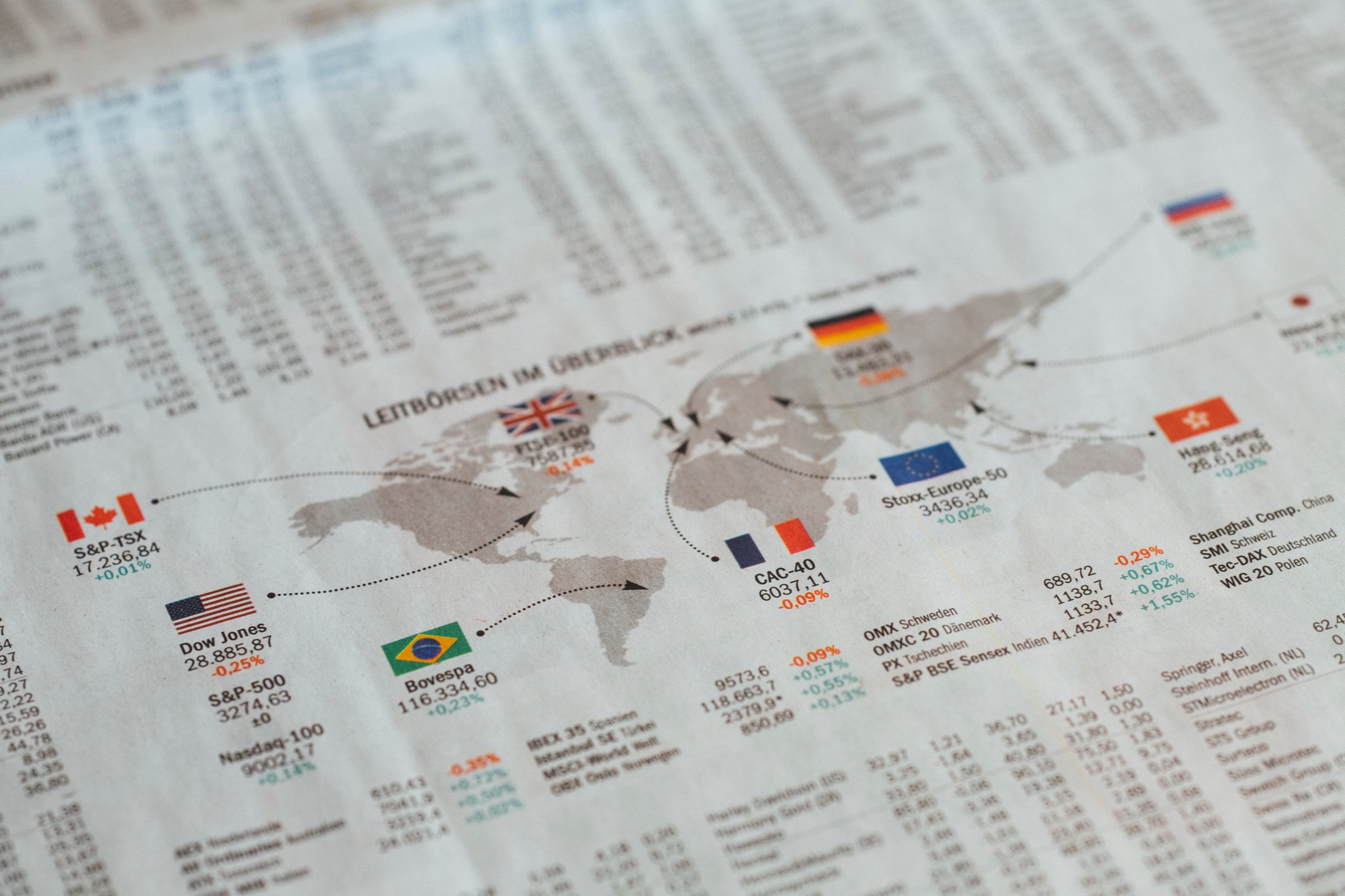Markets across the globe have experienced seismic volatility this year, following the outbreak of the COVID-19 pandemic. This has only reinforced the importance for investors to have a well-diversified portfolio in order to mitigate as much risk as possible.
While the Australian sharemarket dropped 24% over the first quarter of this year, well diversified portfolios fell much less – a common growth portfolio made of income generating assets (30%) and growth assets (70%) fell just 10.62%.
Clearly, one of the biggest impacts on your overall portfolio return is asset allocation. Diversification reduces the risks associated with the performance of each sector, market, or asset class and can protect your portfolio from volatility shocks.
For example, when returns from one asset class is low, returns for another may be high, smoothing out the performance of the overall portfolio.
Portfolio modelling shows you can reduce the risk associated with your portfolio by adding in lower risk asset classes, without significantly impacting your total return. It’s important to note that the risk of investing can never be fully eliminated, but it can be greatly reduced through diversification efforts.
A simple and cost-effective way to achieve diversification in your portfolio is through Exchange Traded Funds (ETFs). For more information on ETFs, you can read our most recent article on how to choose the right ETF.
In short, ETFs are managed funds that are traded on an exchange, similar to individual shares. Each ETF typically invests in a basket of shares that track an index, such as the S&P/ASX200, which represents the 200 largest companies on the Australian Securities Exchange (ASX).
If incorporated mindfully, ETFs can provide several layers of portfolio diversification such as:
- Sector diversification
- Market diversification
- Asset class diversification
Sector diversification
Most Australian investors hold a number of blue-chip shares in their portfolio, such as Commonwealth Bank of Australia (ASX:CBA) and Rio Tinto (ASX:RIO). However, with a concentration on financials and materials (which comprise over 45% of the market), many investors don’t have adequate exposure to other sectors.
The technology sector is one of the fastest growing sectors globally – and it has been the best performing sector on the Australian sharemarket year to date. A key component of its performance can be attributed to the accelerated take up of technology in the wake of COVID-19 restrictions and universal shift to working from home.
There are only a handful of technology stocks available on the Australian market, meaning investors need to consider looking globally to access this theme. For example, the BetaShares ETF (ASX: NDQ) tracks the performance of 100 technology stocks listed on the NASDAQ, including Apple, Amazon, Alphabet, Intel and Cisco Systems.
Market diversification
ASX research [1] has concerningly shown that self-directed investor portfolios tend to be more domestically orientated. Considering the Australian market represents less than 3% of the world’s investable assets, local investors are missing out on diversification opportunities globally.
For example, Vanguard has an ETF (ASX:VGS) that tracks the performance of 20 global developed markets including the U.S., Japan, UK, France and Canada. In one ASX trade investors can access over 1,500 companies. The largest companies include Apple, Microsoft, Facebook, VISA, Johnson & Johnson and Nestle.
In more recent times, each country across the globe has been affected differently by the pandemic, meaning sharemarkets in differing regions had unique reactions and fluctuations. This will also mean their economic recovery will be different, giving savvy global investors the opportunity for upside as overseas markets rebound.
Asset class diversification
Through a few strategic ETF trades, you can easily build a fully diversified portfolio with exposure to the four main asset classes: growth assets (i.e. Aussie and International shares) and income or defensive assets (i.e. fixed income and cash). For example, investors can start a portfolio with just five ETFs and you will need to decide on the right mix of asset classes for your investment goals.

As an example, this portfolio is from iShares and they define this growth portfolio as a: ‘modest tilt towards equities with some diversification from fixed income’.
There are other ETF providers in the market with similar ETFs and model portfolios.
This portfolio comprises of the following ETFs:
- ASX: IOZ (S&P/ASX 200 ETF) – exposure to Australian stocks
- ASX: IWLD (MSCI World All Cap ETF) – exposure to International stocks
- ASX: IAF (Composite Bond ETF) – exposure to Australian bonds
- ASX: IHCB (Global Corporate Bond (AUD Hedged) ETF) – exposure to International bonds
- ASX: BILL (Cash ETF) – exposure to Australian cash
A balanced portfolio across sectors, markets and asset classes
Recent market movements have shown investors exactly why diversification across a range of sectors, markets and asset classes are crucial in a balanced portfolio.
ETFs are growing in popularity because in the above example you can gain access to over 12,000 stocks and bonds across more than 30 developed and emerging market economies in just five ASX trades.
As we have seen this year, unprecedented market events can occur out of nowhere. Building a well-diversified portfolio offers the best chance of minimising the impact of shocks in the market.
Want an easy way to compare?
There are over 243 ETFs available through the Australian sharemarket. It’s very hard to compare this high number and can often be a pain point for investors.
As a Bell Direct client, you can access the Bell Direct ETF Filter which enables investors to simply compare ETFs by performance, fees, asset class, sector and issuer in order to help you build a diversified portfolio and reach your investment goals.
For a limited time, you can join Bell Direct and trade ETFs with no brokerage costs. This special offer is only available until 30 September, so click here and take advantage while you still can.
[1] 2018 Russell Investments / ASX Long Term Investing Report




